|
City of CRAIOVA
Brief history
Towards the end of the XVth , Craiova would became the seat of the Marque
of Oltenia and, later, in the XVIIIth century, of Caimacamia. Over the
years, the Craiovestii family has given many rulers to the country:
Neagoe Basarab , Radu ofAfumati , Radu Serban , Matei Basarab , Constantin
Serban , Serban Cantacuzino and Constantin Brāncoveanu. The Great Marque
of Oltenia becomes a very important institution during the reign of
Mihai Viteazul (Michael the Brave), when the title of Great Marquis
(or Mare Ban) was entrusted to Preda Buzescu.
Austrian dominance in Oltenia during the period between 1718 and 1739
lead to a considerable worsening of the economic and fiscal burdens
placed on both urban and rural producers, which lead to a the birth
of a powerful highwayman (haiduci) movement and even acts of rebellion
from the nobles against the Habsburg administration.
Between 1770 and 1771, Craiova served as the capital of the Wallachia
or the Romanian Country. A great number of people from Dolj took part
in the 1821 Revolution, led by Tudor Vladimirescu. In 1848, a provisional
revolutionary government was formed in Craiova, presided by : Nicolae
Balcescu, Gheorghe Magheru, I. Heliade Radulescu and Costache Romanescu,
from Craiova.
The War of Independence of 1877-1878 called to arms a great many young
men from this area, which was also directly involved from a territorial
standpoint, through its Danube towns of Calafat and Poiana Mare, where
the High Command of the Romanian Army was stationed.
The period following the war was a time of great economic and cultural
progress, so much so that, by the end of the XIXth century, the city
of Craiova, with its 40.000 inhabitants, had many small factories producing
agricultural machinery, chemical products, textiles, construction materials
and also had tanneries that produced leather and many more. By 1910,
Craiova had 51.400 inhabitants and was the second largest city in Romania,
after Bucharest. After the Second World War, the car and machine industry
develops in Dolj, as well as the chemical, aeronautical, food, constructions,
electronic and energy industries. At present, the Dolj County has 370.000
inhabitants.
CRAIOVA TODAY
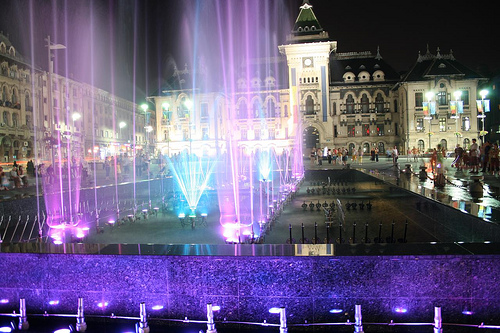
The musical fountain. The Craiova Municipal Council |
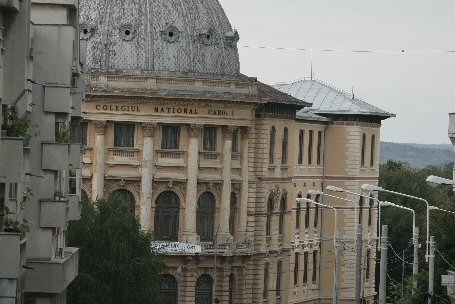
„Carol I” National College |
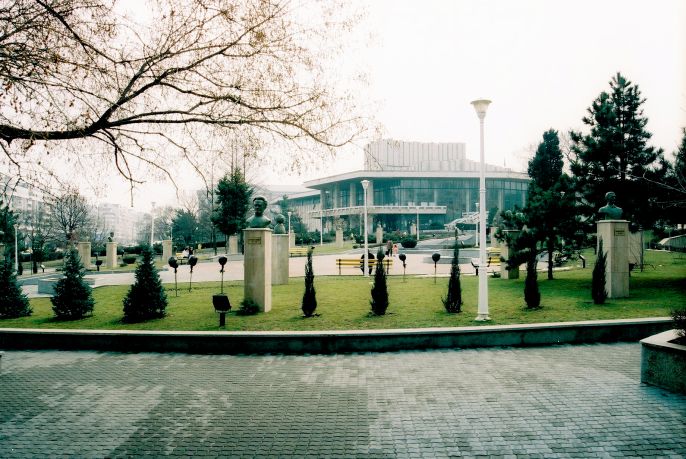
Personalities alley. „Marin Sorescu” National Theater |
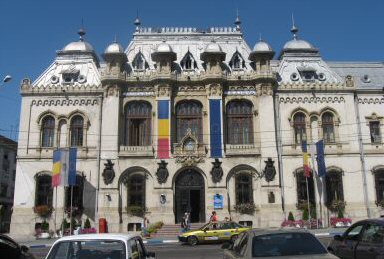
Craiova City Hall |
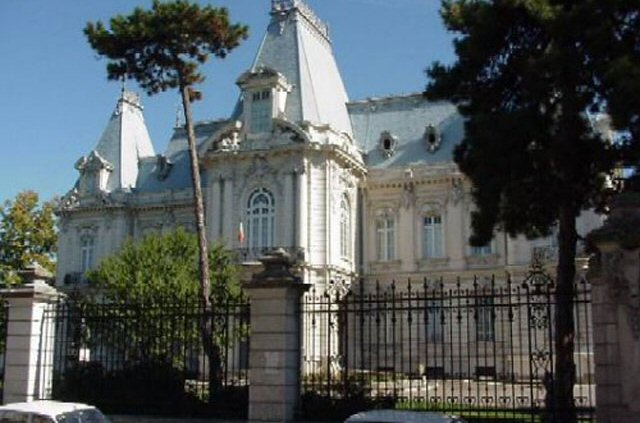
„Jean Mihail Pallace” Art Museum |

„Nicolae Romanescu” park |
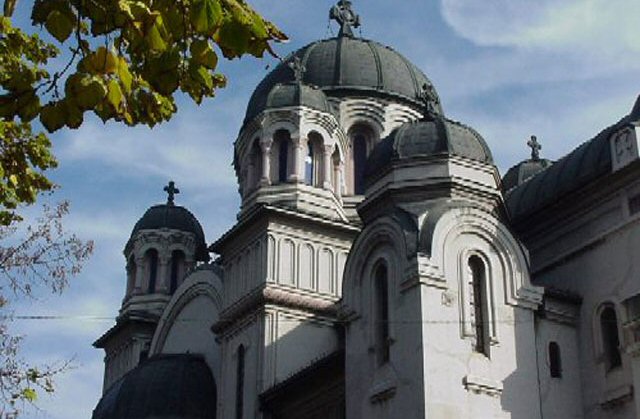
„Madona Dudu” Cathedral |
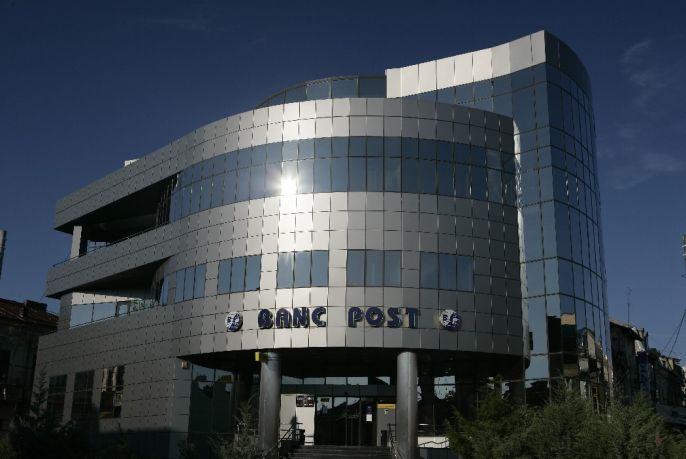
Craiova modern arhitecture |
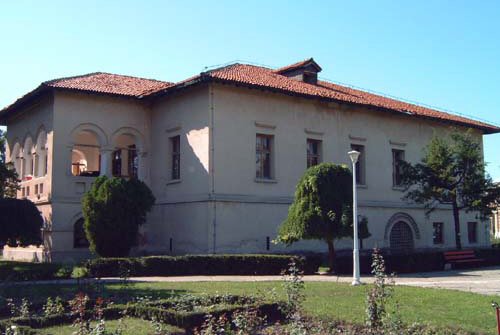
„Baniei” house |
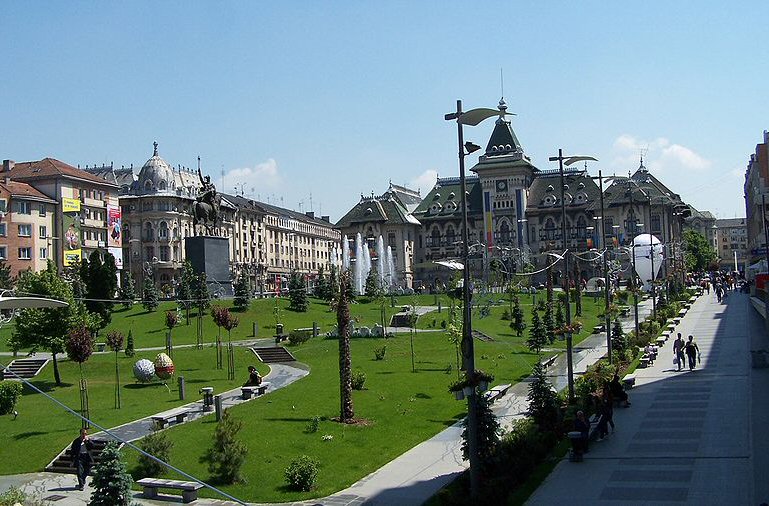
“ Mihai Viteazul” square |
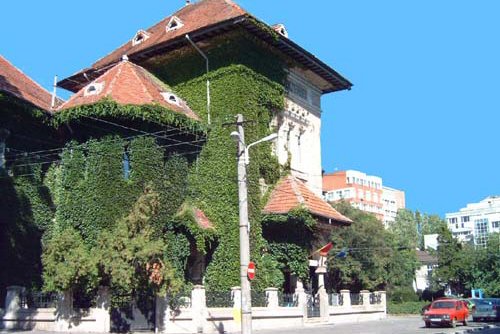
„Oltenia” Museum – history section |
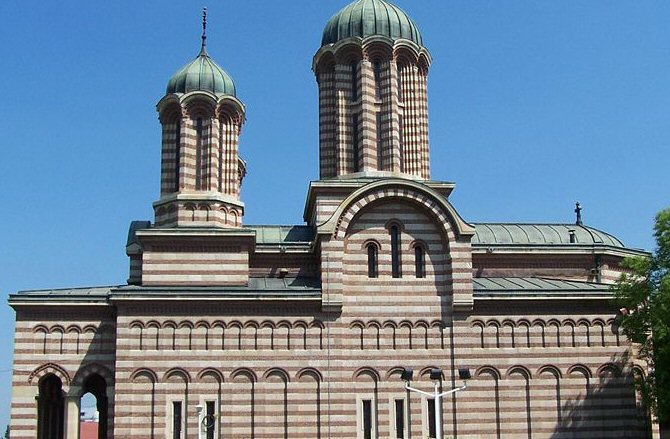
St. Dumitru church |
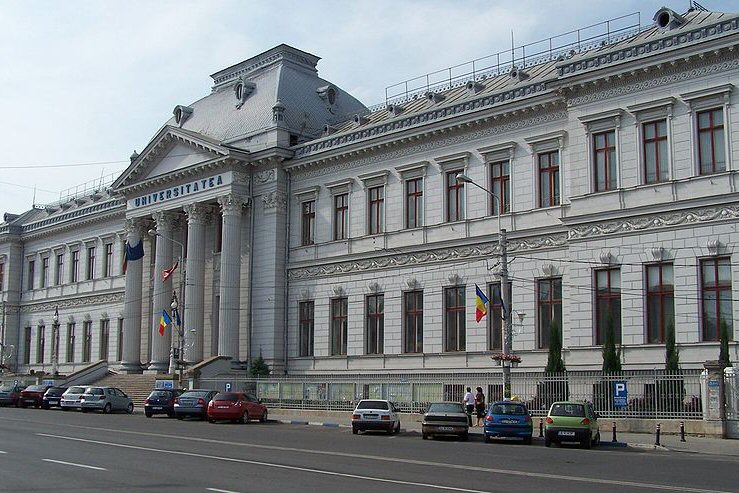
University of Craiova - central building |
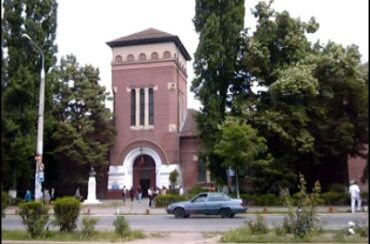
Faculty of Mechanics |
|
|